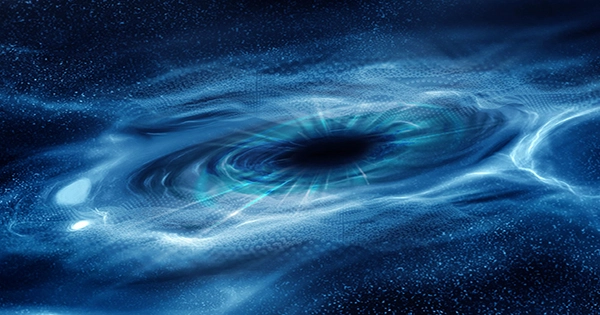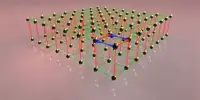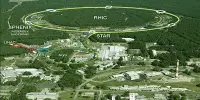The discovery of nuclear fission is ascribed to Nobel Laureate Otto Hahn. Despite the fact that fission was one of the most important discoveries of the twentieth century, Hahn believed another project to be his biggest scientific achievement. He was investigating radioactivity in Berlin, Germany, at the Kaiser Wilhelm Institute for Chemistry in 1921 when he found something he couldn’t explain. One of the items he was working with wasn’t functioning properly. Hahn had unwittingly found the first nuclear isomer, a nucleus with protons and neutrons organized differently than in the ordinary form of the element, giving it remarkable features. It required another 15 years of nuclear physics breakthroughs to be able to explain Hahn’s findings.
We are two nuclear physics professors who research unusual nuclei, such as nuclear isomers. Isomers are most often found inside stars, where they play a part in nuclear events that produce new elements. In recent years, scientists have begun to investigate how isomers may be used to benefit mankind. They are already utilized in medicine and, in the form of nuclear batteries, might one day provide strong energy storage choices.
RADIOACTIVE ISOTOPES ON THE LOOKOUT, Scientists were looking for new radioactive elements in the early 1900s. When an element spontaneously releases particles in a process known as radioactive decay, it is classified as radioactive. When this happens, the element transforms into a different element over time. To identify and describe a new radioactive element at the time, scientists used three criteria. One was to investigate the new element’s chemical characteristics, or how it interacts with other compounds. The kind and energy of the particles generated during radioactive decay were also measured. Finally, they’d determine how quickly an element deteriorated.
The word half-life is used to define the length of time it takes for half of an original radioactive element to decay into something else. Physicists identified certain radioactive compounds with the same chemical characteristics but differing half-lives in the 1920s. Isotopes are a kind of isotope. Isotopes are distinct forms of the same element with the same number of protons but varying numbers of neutrons in their nuclei.
Uranium is a radioactive element that comes in a variety of isotopes, two of which are found naturally on Earth. These isotopes of natural uranium decay into thorium, which then decays into protactinium, each with its own set of isotopes. Many distinct isotopes coming from the decay of the element uranium were discovered and identified for the first time by Hahn and his colleague Lise Meitner. Except for one, all of the isotopes they analyzed behaved as predicted. Although this isotope looked to have the same qualities as the others, it had a longer half-life. This made little sense because Hahn and Meitner had neatly classified all of the known uranium isotopes, and there were no vacant spots to allow a new isotope. Uranium Z was the name given to this material.
Because the radioactivity of uranium Z was around 500 times less than the other isotopes in the sample, Hahn wanted to double-check his findings with further material. He bought 220 pounds (100 kilograms) of exceedingly hazardous and rare uranium salt and chemically extracted uranium from it. This second, more exact experiment revealed that the mystery uranium Z, now known as protactinium-234, was a previously known isotope with a radically different half-life. This was the first time an isotope with two half-lives was discovered. Even though he couldn’t completely explain it, Hahn publicized his finding of the first nuclear isomer.














